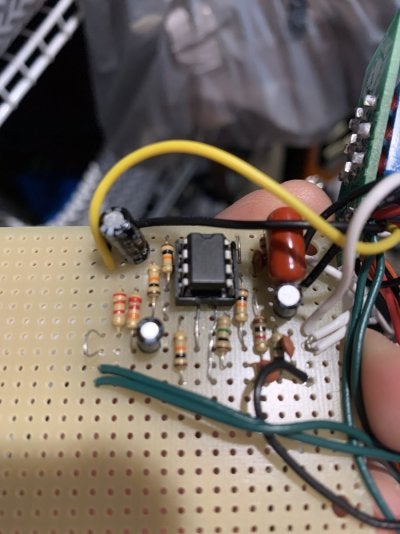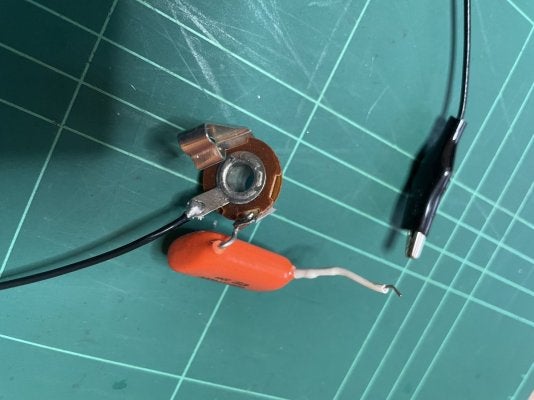ElGuapoTaco
TDPRI Member
Hi there. Building a Friedman golden pearl OD on strip board. Usually I’m using PCBs so this is a bit new to me. Frustrated because I’m sure I did a messy job but not sure exactly what setting to use on my new multimeter too.
I ran a jumper instead of out to one of the switches for the time being just for testing
Thanks.
I ran a jumper instead of out to one of the switches for the time being just for testing
Thanks.








